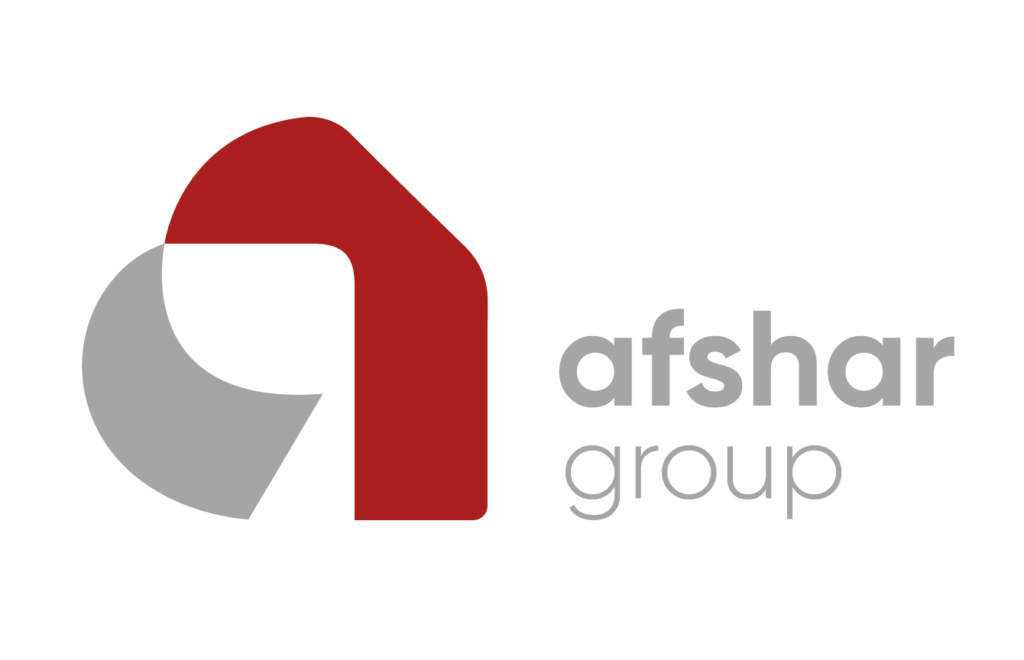Education System in Canadian Schools
Overview
Education in Canada is compulsory for children between the ages of 6 and 16 (or 18 in some provinces). The school system is divided into three main stages: elementary, middle, and secondary.
Elementary School
Elementary school typically lasts from kindergarten to grade 6. In this stage, students learn basic subjects such as math, English, French, science, and social studies. They may also participate in extracurricular activities such as sports, music, and art.
Middle School
Middle school is a transitional stage between elementary and secondary school. It typically lasts from grades 7 to 8. In middle school, students continue to learn the same subjects as they did in elementary school, but they may also begin to take electives in subjects that interest them.
Secondary School
Secondary school is the final stage of compulsory education in Canada. It typically lasts from grades 9 to 12. In secondary school, students take a variety of courses to prepare them for university, college, or the workforce. They may also participate in extracurricular activities such as sports, clubs, and volunteering.
Public Schools
The majority of schools in Canada are public schools, which are funded by the government. Public schools are free to attend for all Canadian citizens and permanent residents.
Private Schools
There are also a number of private schools in Canada. These schools are not funded by the government, so they charge tuition fees. Private schools may offer a different curriculum or have a smaller class size than public schools.
International Students
International students are welcome to attend schools in Canada. However, they will need to apply for a student visa and pay tuition fees.
School Year
The school year in Canada typically runs from September to June. There are five days of school per week, and each school day is usually about six hours long.
Curriculum
The curriculum in Canadian schools is designed to prepare students for success in the 21st century. It includes a focus on critical thinking, problem-solving, and communication skills. Students also learn about Canadian history, culture, and government.
Assessment
Students are assessed in a variety of ways, including tests, quizzes, assignments, and projects. Teachers also use informal assessment methods such as observation and participation to get a well-rounded picture of student learning.
Higher Education
After completing secondary school, students may choose to go on to higher education. There are many universities and colleges in Canada that offer a variety of undergraduate and graduate programs.

